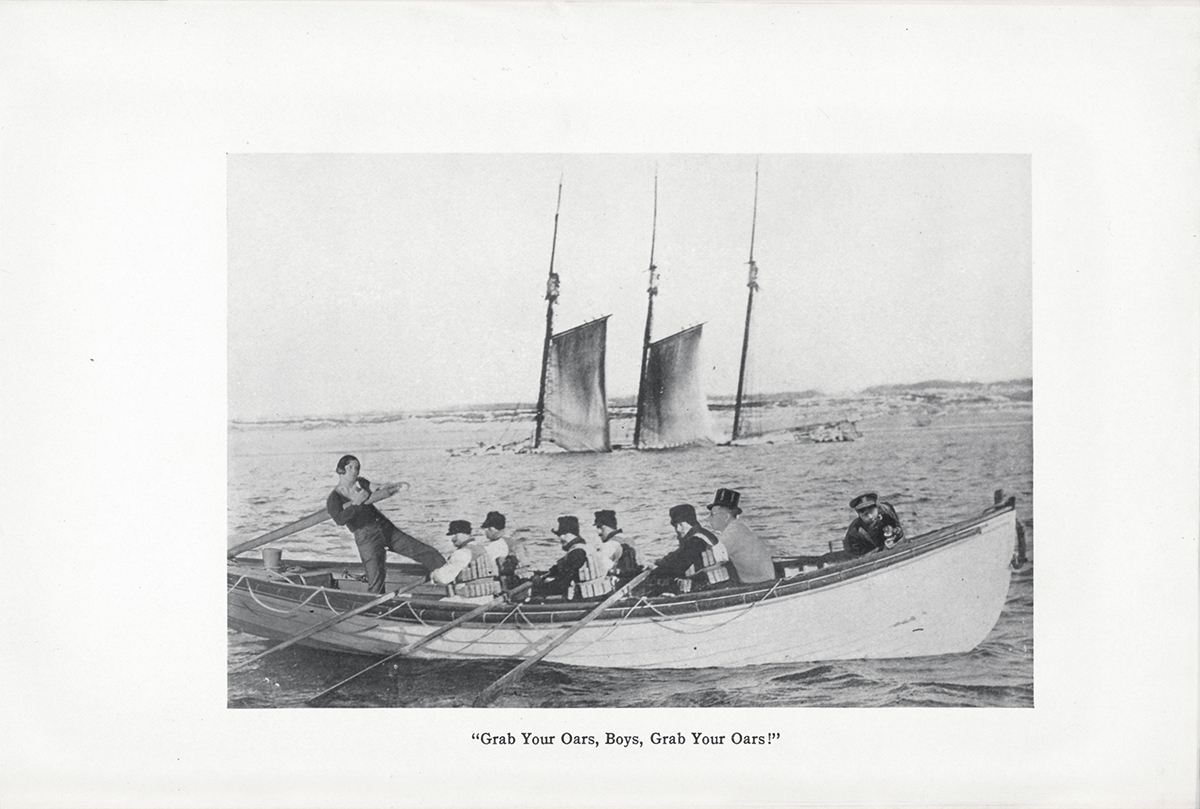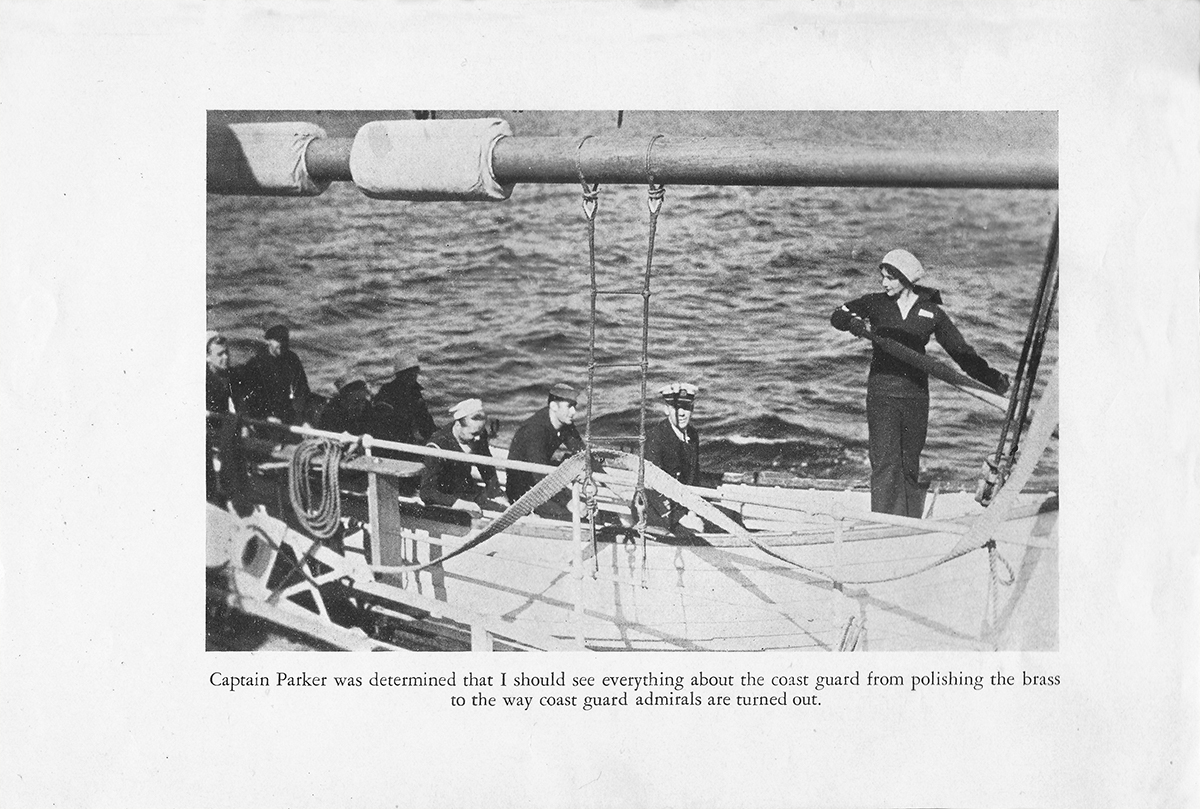Joan Lowell was an author and often un-credited actor in silent films throughout the 1920s. In 1929, at age 27, she published The Cradle of the Deep, a memoir chronicling her childhood on board a ship with her captain father and an all-male crew. From birth to age 17 Lowell lived without her mother and without any exposure to other women or children. Her book is an account of her madcap adventures growing up at sea as a self-proclaimed wild child — proudly independent, crude, and brave. The narrative contains lessons she learned from her all-male environment and concludes with the dramatic sinking of the ship. (Lowell swims to shore with a litter of kittens clinging to her naked back.) Despite its unbelievable plot, The Cradle of the Deep became an instant bestseller and was immediately optioned for a big-budget Hollywood film. Lowell was to play the lead. But within two weeks of the book’s release, a review by author Lincoln Colcord exposed Lowell as a fraud. Colcord had spent his childhood on a ship and quickly noted Lowell’s misuse of nautical terms, her inaccurate mapping, and other falsified details. Subject to public controversy, Lowell was discredited, losing both her film deal and her book contract. Vanity Fair writer Corey Ford capitalized on the scandal by publishing Salt Water Taffy, a spoof on Lowell's book. Ford's fictional protagonist, June Triplett, was a highly sexualized parody of Lowell, and his narrative was a xenophobic and sexist caricature of Lowell's story.
Lowell never admitted to fabricating her memoir, though it was proven that she grew up with her mother and siblings in California. In 1933 she published a second memoir. Gal Reporter was about her life post-scandal, when she served as a tabloid reporter writing about women and the welfare system. This book included images to support her claims of having a lifetime of experience at sea. The final book, Promised Land, focused on her life in Brazil operating a coffee plantation. In 1934 she made a B-movie, Adventure Girl, with her father, who was indeed a sea captain, that claimed to be a reenactment of a recent sailing journey. For the remainder of her life she continued her attempt to prove that she was unlike other women.
(Adapted text, originally published in all mountains begin on the ground, 2015)






